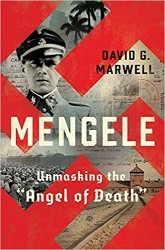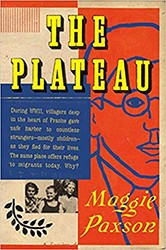A comprehensive survey of the most important writing to come out of the Holocaust.
Writing in Witness is a broad survey of the most important writing about the Holocaust produced by eyewitnesses at the time and soon after. Whether they intended to spark resistance and undermine Nazi authority, to comfort family and community, to beseech God, or to leave a memorial record for posterity, the writers reflect on the power and limitations of the written word in the face of events often thought to be beyond representation. The diaries, journals, letters, poems, and other works were created across a geography reaching from the Baltics to the Balkans, from the Atlantic coast to the heart of the Soviet Union, and in a wide array of original languages. Along with the readings, Eric J. Sundquist’s introductions provide a comprehensive account of the Holocaust as a historical event. Including works by prominent authors such as Primo Levi and Elie Wiesel as well as those little known or anonymous, Writing in Witness provides, in vital and memorable examples, a wide-ranging account of the Holocaust by those who felt the imperative to give written testimony.

Writing in Witness: A Holocaust Reader
Discussion Questions
In a genre already brimming with compelling works, Writing in Witness stands out as an important addition to the canon of Holocaust literature. Several dozen authors, some familiar, some less so, provide their own first-hand accounts of the horror inflicted upon Jews during Nazi rule. The pieces are divided into six distinct sections covering the narrative arc of the Shoah, from the early criminalization of Jews, to the implementation of ghettos and the Final Solution, to survival and its devastation. They are presented as diary entries, essays and/or poems. But regardless of format, they are not easy to digest, even for those familiar with the work of Primo Levi and Elie Wiesel, both of whom have pieces here. With imagery and detail only afforded by a personal account, each piece allows the reader to be an eyewitness to unimaginable horrors. A handful of reports from non-Jews are included as well, such as that of Kurt Gerstein who recounts in plain language the operation of the gas chambers. It’s all excruciating to read, to process, and to make sense of, but it’s never been more important to do so.

Help support the Jewish Book Council.


